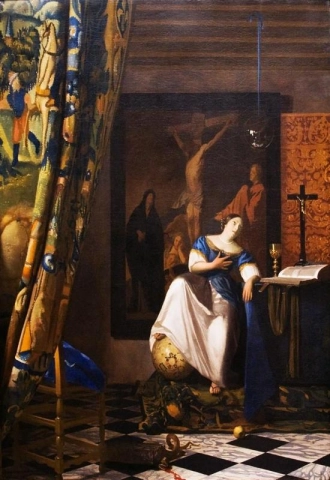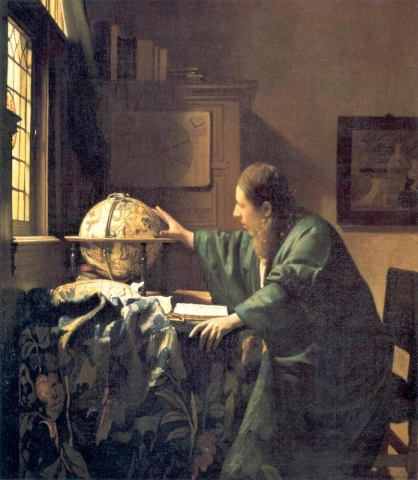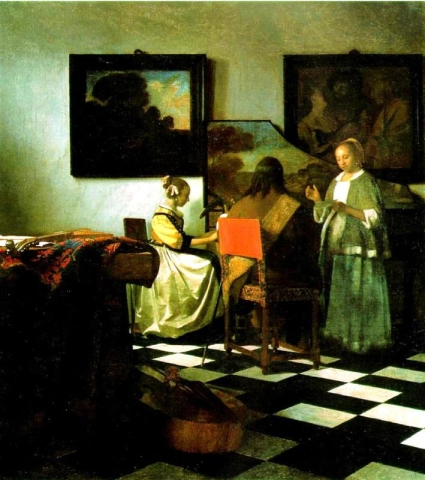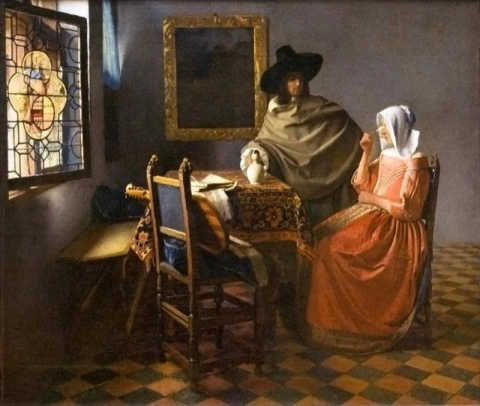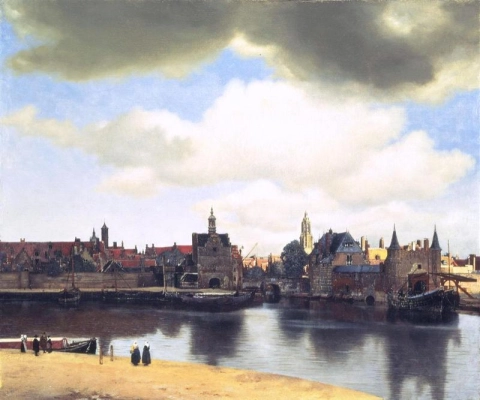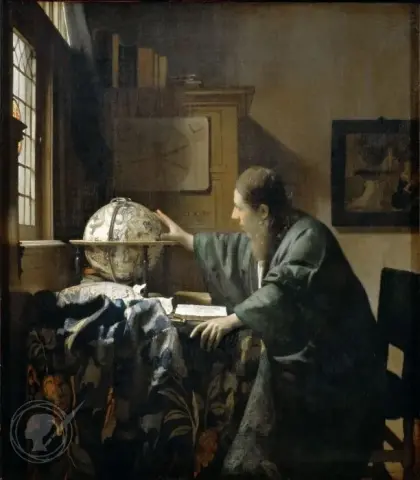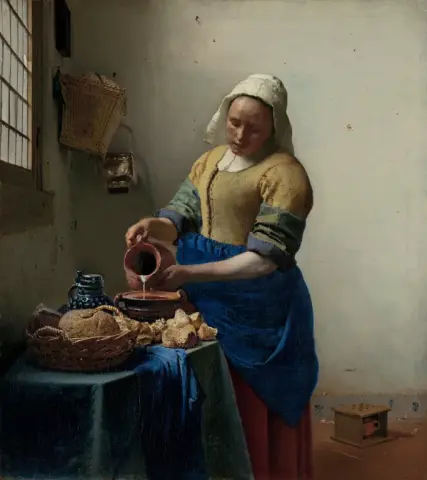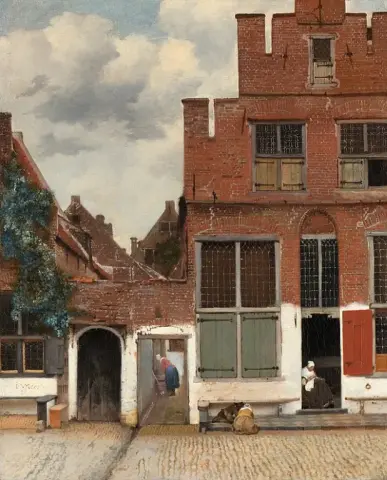
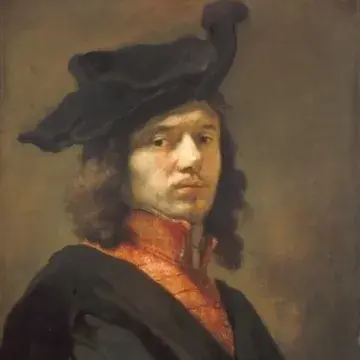
Hand painted reproductions of Jan Vermeer Van Delft
Jan Vermeer Van Delft (1632–1675) was a Dutch Baroque painter renowned for his masterful use of light, meticulous attention to detail, and intimate domestic scenes. Born in Delft, the Netherlands, on October 31, 1632, Vermeer's life and career remain somewhat enigmatic, but his contributions to the world of art have secured him a lasting legacy as one of the greatest painters of the Dutch Golden Age.
Vermeer spent his entire life in Delft, where he also established his studio. Little is known about his early artistic training, but it is believed that he may have studied under fellow Delft painter Carel Fabritius. Vermeer's oeuvre is relatively small, comprising only about 34 to 36 paintings, but each work is celebrated for its exceptional quality and significance.
Vermeer's paintings often depict domestic interiors with a focus on middle-class life. His subjects include women engaged in daily activities, such as reading, writing, or playing musical instruments. Notable examples of his genre paintings include "The Milkmaid" (c. 1658–1661), "The Music Lesson" (c. 1662–1665), and "The Girl with a Pearl Earring" (c. 1665).
One of Vermeer's distinctive features is his meticulous rendering of light, especially the effects of natural light streaming through windows. This emphasis on light and shadow, known as chiaroscuro, contributes to the atmospheric quality of his paintings. The use of this technique, combined with his careful observation of detail, lends a sense of realism and depth to his scenes.
Vermeer's compositions often convey a sense of tranquility and harmony, and he had a particular talent for capturing the subtle nuances of facial expressions and textures. His paintings are characterized by a luminous quality and a sense of quiet contemplation, elevating everyday scenes to the realm of timeless beauty.
Despite his artistic achievements, Vermeer's work was not widely recognized during his lifetime, and he faced financial difficulties. His reliance on a limited palette and time-consuming painting techniques contributed to the scarcity of his output. Vermeer passed away on December 15, 1675, leaving behind a widow and eleven children.
In the centuries following his death, Vermeer's reputation experienced a resurgence. His paintings gained widespread acclaim for their technical brilliance and emotional depth. Today, Johannes Vermeer is celebrated as a master of Dutch genre painting, and his works are treasured in major art institutions around the world, inspiring generations of artists and admirers.
Imagine owning an original-style painting by one of the greatest artists in history. At POD, we offer you the chance to make this dream a reality. Each canvas is faithfully reproduced down to the smallest detail, allowing you to experience the beauty of the artist’s vision in your own home.
Our reproductions are crafted by experienced painters using the finest materials and time-honored methods. We are committed to delivering works of exceptional quality that will inspire and bring joy to your family for generations to come.







